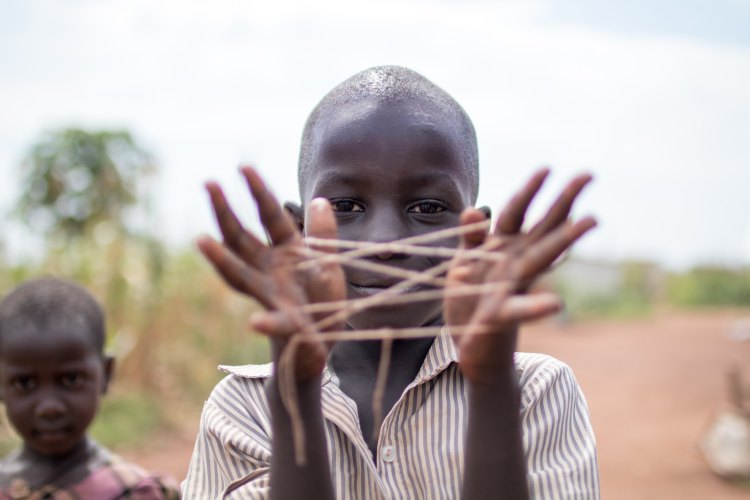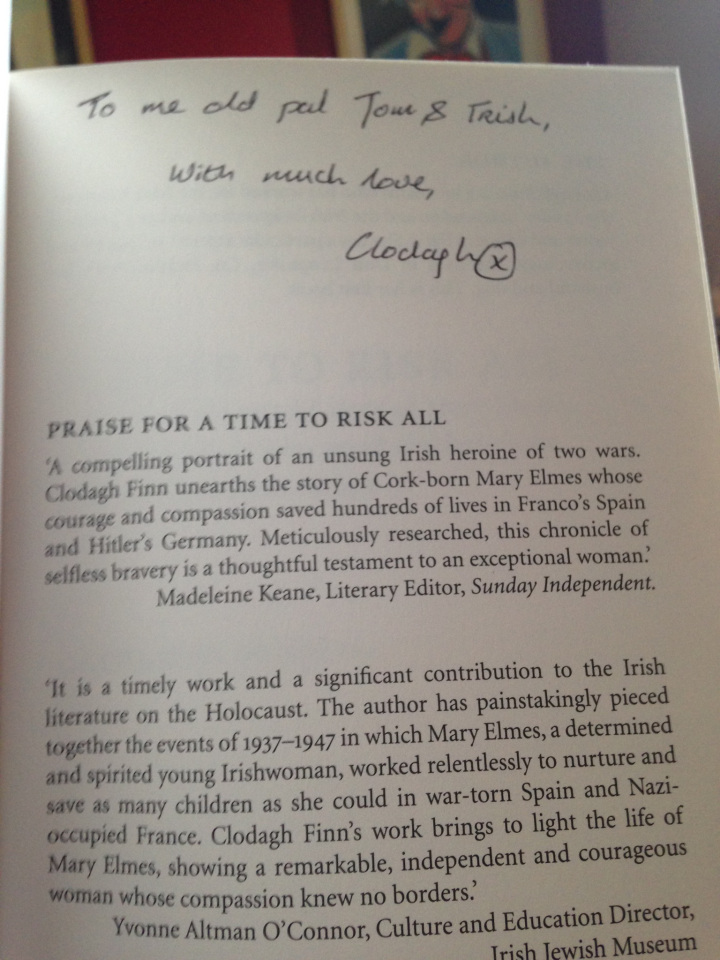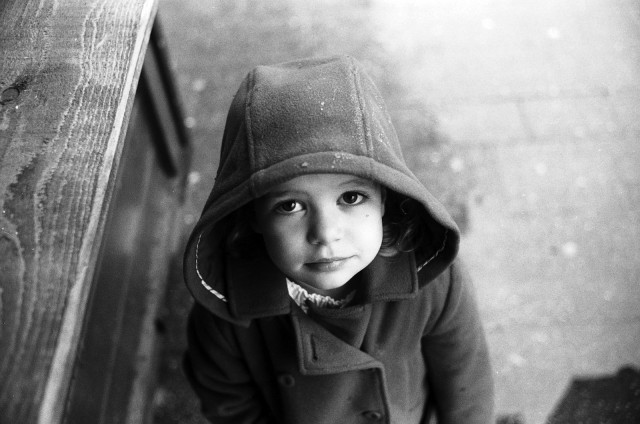
If you had told me a couple of years ago I would be going to Uganda to help establish a school in a refugee camp, I would have never believed you. I walked away from a 20-year career as a public educator with no idea what I was going to do. I only knew I couldn’t continue in the public-school system. The grace had lifted. My time there was up.
Starting an educational consulting and tutoring company seemed to be a commonsense move. Once an educator, always an educator…in some form or fashion. To supplement a start-up, I took a job with Adventures in Missions walking the parents of World Racers through their own journeys. I had been volunteering for them since Hannah’s return, and it was something I loved doing. Why not get paid to do it? Mornings in the office, afternoons building up the tutoring business. Win-win. I had this feeling someday these two jobs would intersect.
In October, I had a nudge in my heart to go and find out if the plan for long term missions bases had an educational component to it. When I asked, I discovered Adventures was a partner in something called the South Sudanese Refugee Project. Currently, the largest refugee crisis since WWII is happening with over 2 million people displaced due to the war in South Sudan. Have you heard about it? Me neither.
What I found out is as shocking as it is heartbreaking. 86% of those in the camps are women and children. Many of the children are orphans or unaccompanied minors who do not know if their parents are alive or dead. They flee in the night through the bush to try to get to Uganda before they are caught by the rebels. Some families send their children because they have a better chance to make it out alone than with the whole family. Some families, attempting to escape, have taken in children they come across along their way. In the refugee camps, these families have as many as 10 or 15 children living in the tarp covered shelters with them. They flee with nothing more than the clothes on their backs. Many die along the way from dehydration, or malnutrition. Others have witnessed the rebels come through their villages killing everyone. Kids have seen their parents slaughtered. The trauma rate in the camp is nearly 100%. Everyone has a story of the atrocities of war due to the fighting of numerous rival tribes in the region. This is happening in 2018.
Ministries on the ground reached out to AIM and formed a team of volunteers to work with the refugees. It is a big project with many moving pieces. One of those pieces is Hope Primary School, which was started under a tree by a teacher who fled South Sudan. He gathered children together and began teaching. The South Sudan Project collected money to build a pavilion for the school so they could be under shelter. Now, there are approximately 600 hundred children (numbers change quickly in refugee camps) and only 16 teachers. The UN gave the school 30 desks. One book per classroom. No chairs. The children bring their own. It soon became evident to those working on the project that the school has the potential to become the center of the project. A bridge to create community and some routine in a rather chaotic place. The school is an important first step to educate the next generation of leaders of a war-torn region of the world.
The idea is to develop an educational model that would empower the children rather than just give them handouts. It would provide practical involvement that would not only build the school, but give students opportunities to transfer their academic knowledge to real life problems in the camp and how to think critically about hard issues. Growing food. Building shelters. Having teams of students and community members working together on projects around the school. The overall project is huge, but starting with the school will help get the whole community involved in building, empowering them to take ownership and create what they want for themselves and their community for however long they are there.
For the school part of this project there was the need for an educator. A practitioner who sees the strategic vision, but can put in practical steps which break things down in pieces that are manageable in such a difficult place. I had no idea about this project, when I asked about an educational component. When I read the documents about the school my heart about beat out of my chest. All the initiatives, mandates, and reforms I have been a part of in my career are included in the outline of how this school is designed. I cannot tell you how this will all look, or what the exact steps will be. I only know the first one is for me to go to Uganda and meet these incredible teachers who have seen the future of their troubled country in the children. They have put aside their own problems and are teaching without pay, so the children can have a better future. As you can imagine, this pulls on my teacher-heart.
I leave on Monday for a 10-day trip to Uganda to see Hope Primary School first hand. Please pray that what I bring will be useful and that I can do some training with the teachers as well as hear their stories. I know my heart will be broken with what I hear and see. There is a media team coming a day or so after me to film a documentary of the crisis. I will share their work with you as they post it. It is our desire to blow on the coals of hope to ignite a flame. Only God can do a work in such conditions, please pray his presence surrounds this camp and this project.
Advertisements Share this:


![[Love yourself. It is important to stay positive because beauty comes from the inside out]](/ai/061/786/61786.jpg)

